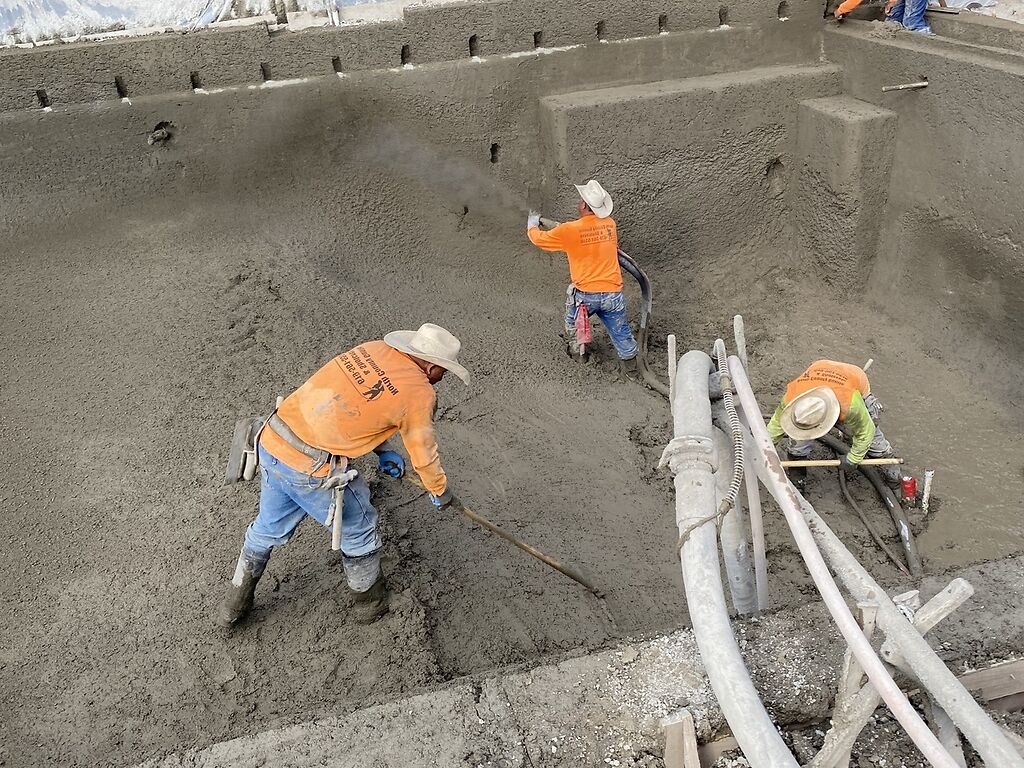Demolition fails or mistakes are funny to watch... when they're on a social media video online. They're not so funny to watch when they're happening right in your own home. Sadly, if you decide to DIY that demolition project as a casual weekend project, there's a high chance that you'll be starring in your very own demolition-gone-wrong video.
To avoid that, take a read at the most common DIY demolition mistakes and how you can avoid them.
1 - Demolishing important structures.
You will not want to demolish walls and other parts of the building that are responsible for keeping it safe and stable. Before demolishing anything at all, you should know the importance of the walls in your home. If the wall is a supporting one, you can’t knock it down without putting the structural stability of the property at risk, unless you put other measures in place beforehand.
One wrong move could end up being the difference between a successful, small demolition and the complete destruction of all or part of your home.
2 - Hitting the plumbing.
If you do not know where the plumbing works and pipes are in your home, it’s a good idea to find out before you start any kind of demolition job, even if it’s only a very small one. In industry terms, you have “wet walls”, which are walls that carry wet pipes inside them; and you have “dry walls”, which can be demolished relatively safely without coming across an unexpected water pipe.
A minor bump with a water pipe will lead to leaks and floods, which can then in turn cause mold, wood rot, and seriously damage the entire building. Floors and ceilings will become unstable when they are wet.
3 - Hitting the electrical system.
You’re going to want to hit the electrical system even less than you're going to want to hit the pipes and other components that make up your home’s plumbing system. With the electrical system, you have fire hazards to consider alongside electric shock risks.
With both the plumbing and electrical pipes or wires, and also with any gas lines you have in or around the property, you’ll want to create a plan of your home and where those systems are in the walls, ceilings, floors, etc. Not doing this and simply taking a chance is taking a really big risk.

4 - Messy demolition work.
When you don't use the right tools for the job, or you don't use the right type or style of demolition for the job, you run the risk of your demolition job not being quite as precise as is necessary, which can damage parts of the building that you didn't originally want to damage.
5 - Ruined aesthetics.
As well as potentially damaging areas of the property that you’d intended to leave untouched, DIY demolition-gone-wrong can completely ruin the aesthetics of your home, causing cracks and other types of damage in the surrounding area and much more besides.
It will be your responsibility to put those areas of damage right, if you are the one that completed the work.
6 - Disrupting toxic materials.
If you have a home that was built in the 1980s or before, there's a good chance that you might have asbestos present. If you have a home that was built in the 1970s or before, there's a chance that some of the paint used to decorate the home would have been lead paint. In these cases, specialist equipment and specialist demolition experts are required to ensure the material is moved safely and responsibly.
Both asbestos and lead paint are toxic, and they are just two of some of the toxic materials that you could disrupt while performing DIY demolition. These toxic substances put the health of you, your family, pets and visitors at great risk.
7 - Using a professional… but not the right one.
If you do decide to abandon your hopes of a DIY demolition project and instead choose to hire a contractor, make sure that you hire one that is right for the job. You will want a reliable, reputable and fully-trained professional or company who has expertise in your specific area of demolition. There’s no point in hiring a demolition contractor who specializes in the destruction of large scale buildings when you only have a small and very precise area that requires demolishing.
Do your research before signing on the dotted line or handing over any cash. Make sure that the company or professional you use has good reviews, is fully licensed and insured, has been trained to the highest level, and also provides a warranty or guarantee for the work they have completed. This gives you protection if something fails or becomes damaged after the contractors have left.